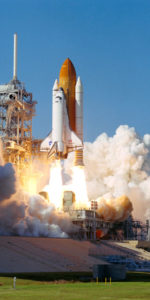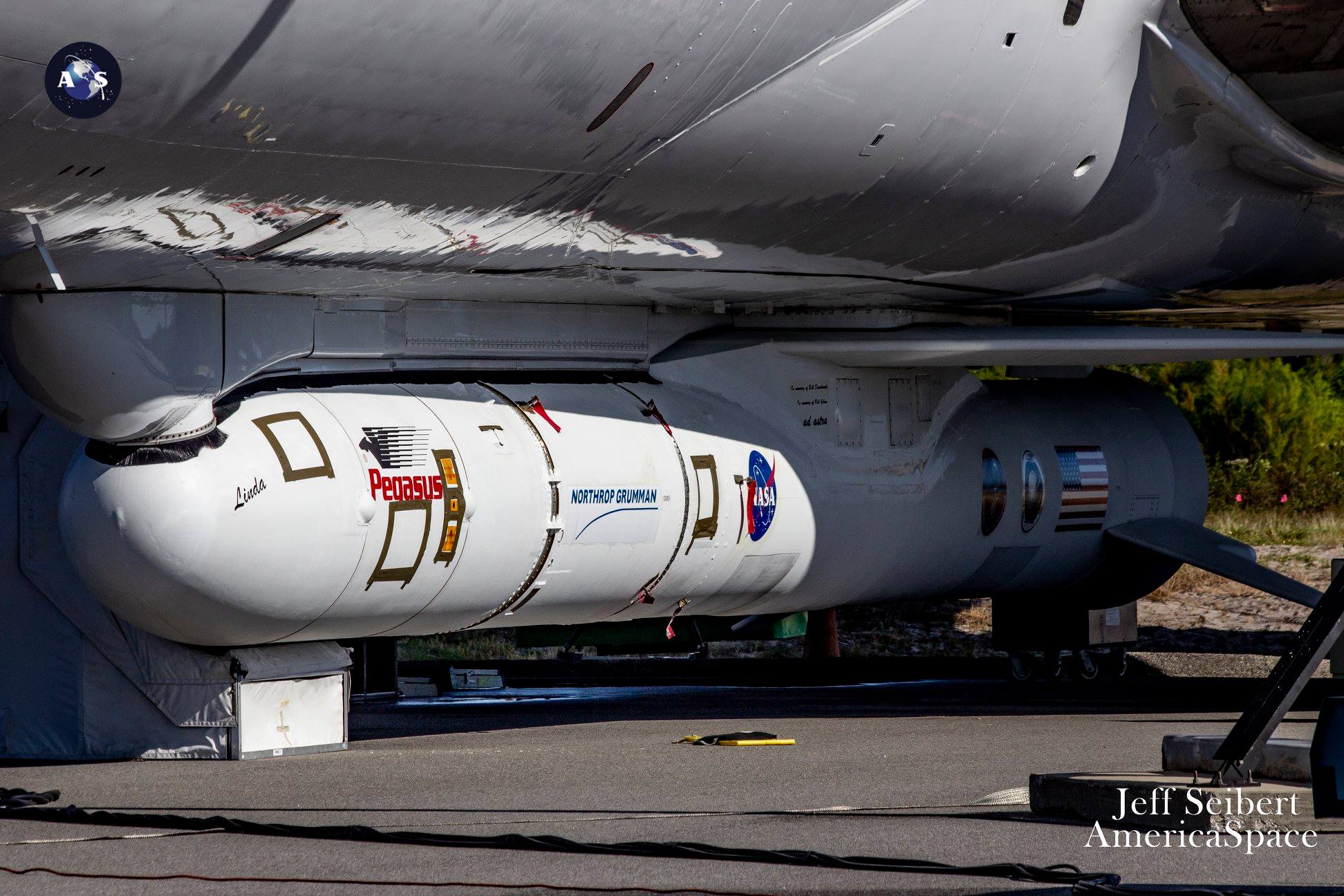
Five months later than intended, a Pegasus-XL winged booster—flying, for the first time, under the auspices of Northrop Grumman Corp., following the latter’s recent acquisition of Orbital ATK—will deliver NASA’s Ionospheric Connection Explorer (ICON) into low-Earth orbit on Wednesday, 7 November. From a vantage point of 360 miles (575 km), ICON will spend two years examining the complex interactions between Earth’s ionosphere and the onslaught of the solar wind. Launch of the mission was originally scheduled to occur from Kwajalein Atoll, in the Republic of the Marshall Islands, in early June, but was repeatedly delayed due to technical difficulties. This also prompted a realignment of the launch site and ICON will now depart from the Skid Strip at Cape Canaveral Air Force Station, Fla.
Video Credit: NASA
First flown in April 1990, Pegasus is a 58-foot-long (17.6-meter) winged booster, air-launched from underneath the fuselage of a modified Lockheed L-1011 TriStar aircraft, dubbed “Stargazer”. Its unique “air-launch” capability occurs well within the stratosphere, thereby negating the need for a costly, ground-launched first stage. Moreover, deployment at altitude allows Pegasus to carry a larger, more efficient and less expensive first-stage engine nozzle and its 45-degree delta wing and fins afford additional lift and steering capability. In almost three decades of operational service, Pegasus has flown 43 missions—most recently in December 2016—and has launched no fewer than 14 of NASA’s Explorer class science missions, including the Interface Region Imaging Spectrograph (IRIS). Although it suffered three outright losses in the mid-1990s, plus a pair of partial failures which left payloads in lower-than-intended orbits, Pegasus retains an 88-percent success rate and a string of fully-successful missions which now span over two decades.
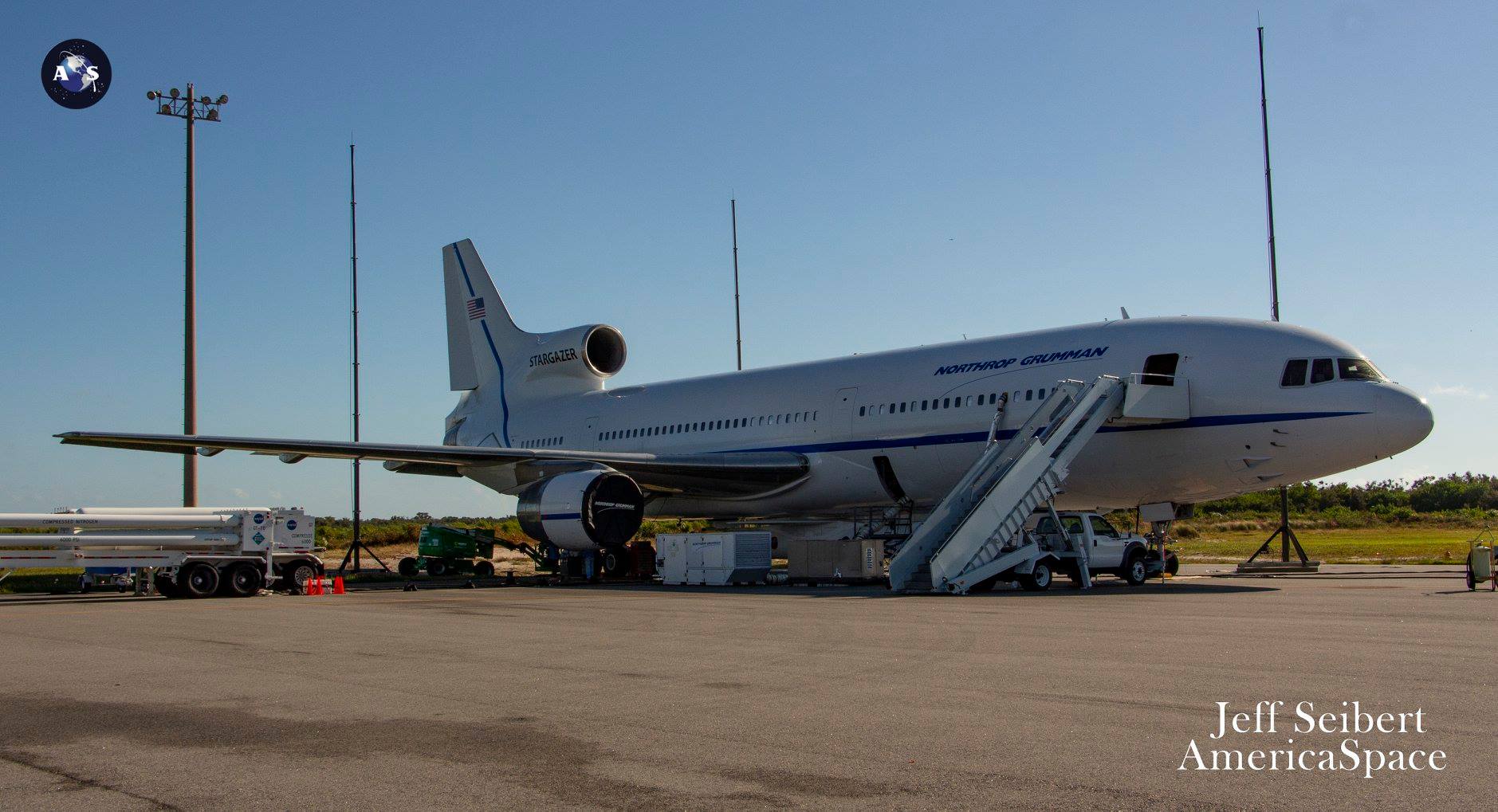
ICON was originally scheduled to fly in mid-2017, but the launch slipped until year’s end and eventually into the second week of June 2018. The spacecraft itself arrived at Vandenberg Air Force Base, Calif., in early May, followed by the L-1011 aircraft itself. The Pegasus-XL was mated to the aircraft and efforts entered high gear for a 4,850-mile (7,790 km) flight from the West Coast of the United States to Kwajalein Atoll, in the middle of the Pacific Ocean.
Unfortunately, off-nominal data observed from Pegasus during the ferry flight forced a delay and teams were obliged to stand down until the next available launch opportunity in October. In late August, NASA and Northrop Grumman announced a target date of 6 October from the Skid Strip at Cape Canaveral Air Force Station, but a further three-week delay became necessary to tend to a quality issue with an electrical connector aboard Pegasus itself.
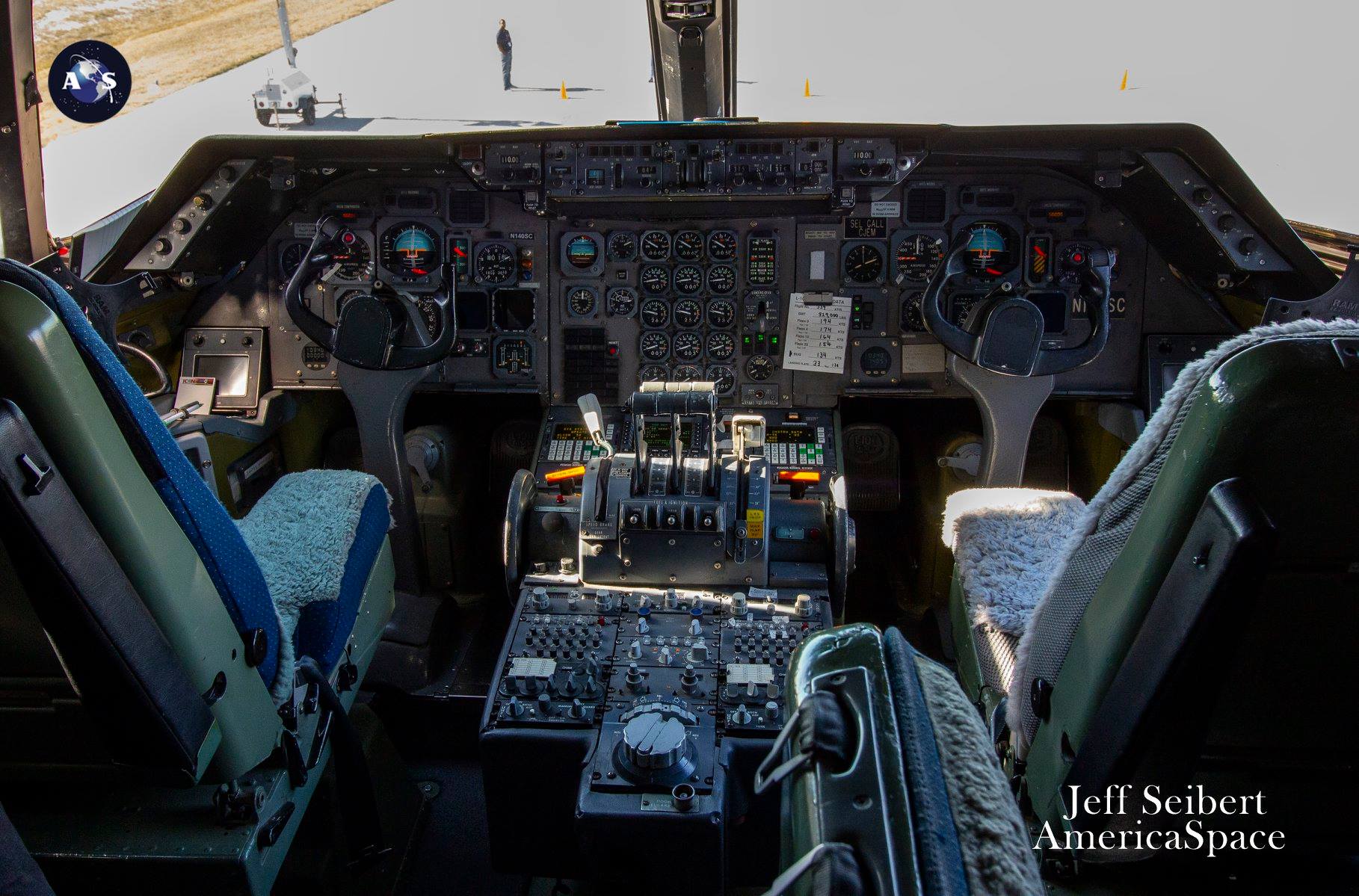
At length, the bullet-like nose cone was installed onto the booster on 4 October and the L-1011 flew from California to Florida, touching down on the Skid Strip on the 19th. However, only days later, the 26 October target date was scrubbed, in order for NASA and Northrop Grumman “to conduct further pre-launch testing on the rocket”. A four-hour and 45-minute flight of the L-1011 and attached Pegasus occurred on 28 October, during which the aircraft’s systems were extensively tested. The Flight Readiness Review, involving NASA and Northrop Grumman personnel, was conducted on Tuesday, 6 November, ahead of Wednesday’s scheduled flight.
Current plans call for the aircraft to depart the Skid Strip and climb to an altitude of 39,000 feet (11,900 meters) and a heading of 105.0 degrees. At a point some 50 miles (80 km) off Daytona Beach, the L-1011 will jettison the Pegasus-XL, during a 90-minute “drop window” which extends from 3 a.m. EST through 4:30 a.m. EST. The booster will free-fall for about five seconds, before its solid-fueled first-stage rocket motor ignites to begin the process of delivering ICON to orbit. Pegasus’ second stage will then position the NASA spacecraft at an altitude of 112 miles (180 km), after which the third stage will deliver ICON to its deployment altitude of 358 miles (577 km), inclined 27 degrees to the equator.
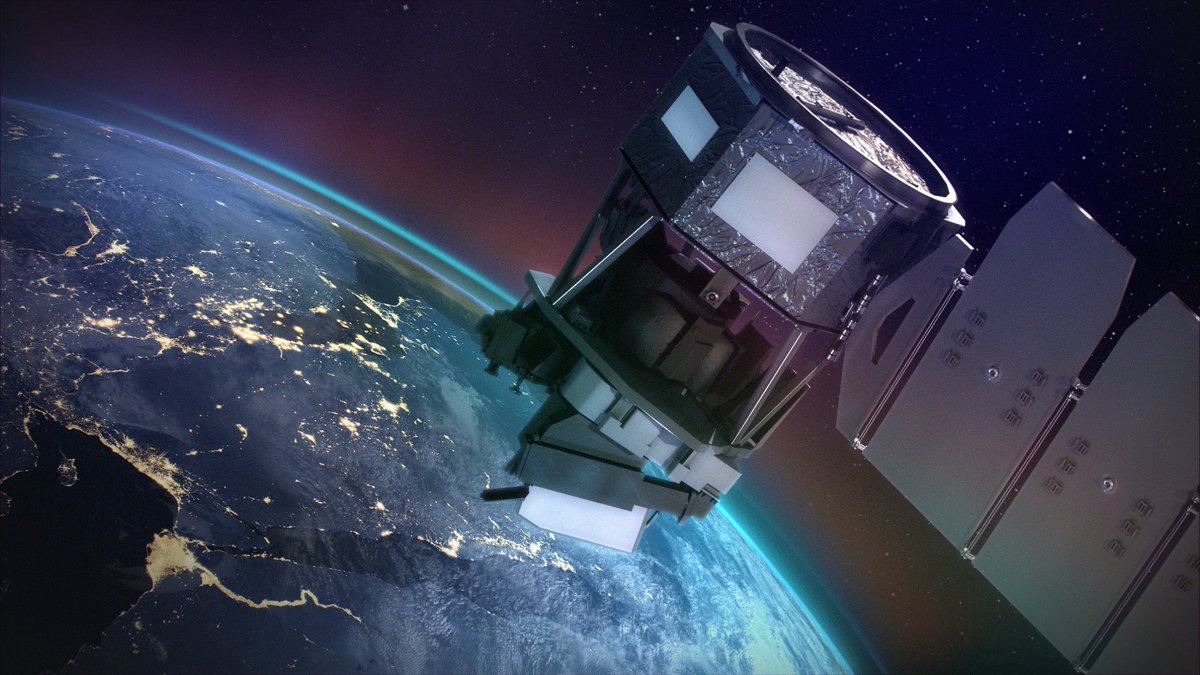
ICON’s focus is the ionosphere, a region of neutral and charged particles which extends from an altitude of 37 miles (60 km) to 620 miles (1,000 km) above Earth’s surface. Variations in this region, influenced by the Sun, can have profound effects on radio communications and Global Positioning System (GPS) signals, as well as posing hazards to Earth-circling satellites and crews aboard the International Space Station (ISS).
ICON boasts four scientific instruments to better understand ionospheric dynamics. The University of California at Berkeley has provided far- and extreme-ultraviolet sensors to image Earth’s upper atmosphere and reveal the height and density of the ionosphere by daytime and nighttime, whilst the Naval Research Laboratory (NRL) in Washington, D.C., has built a Michelson interferometer to examine the temperature and velocity of particles in the neutral atmosphere and the University of Texas at Dallas has supplied an ion velocity meter to investigate motions, temperatures and ion densities close to ICON itself.




